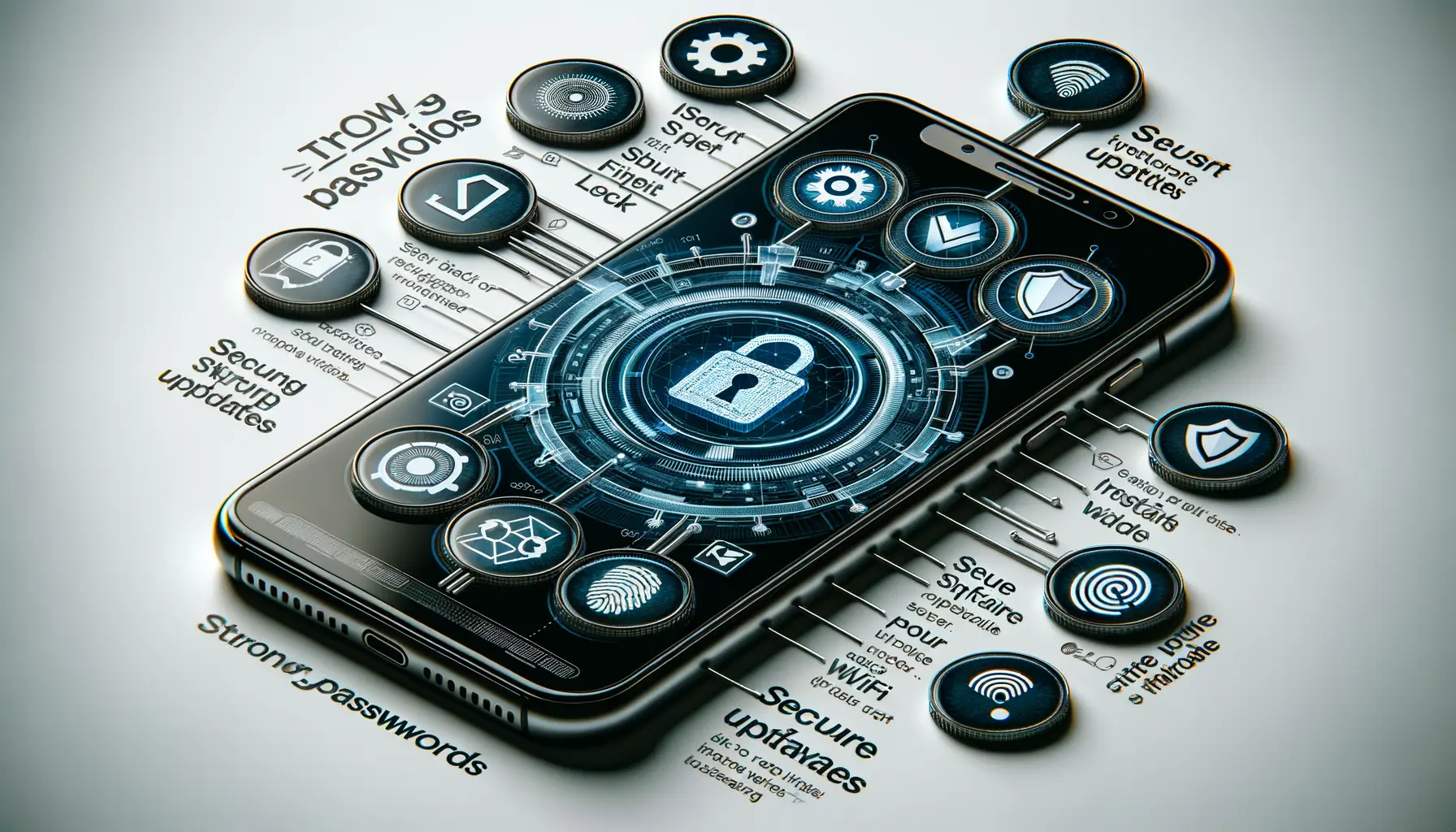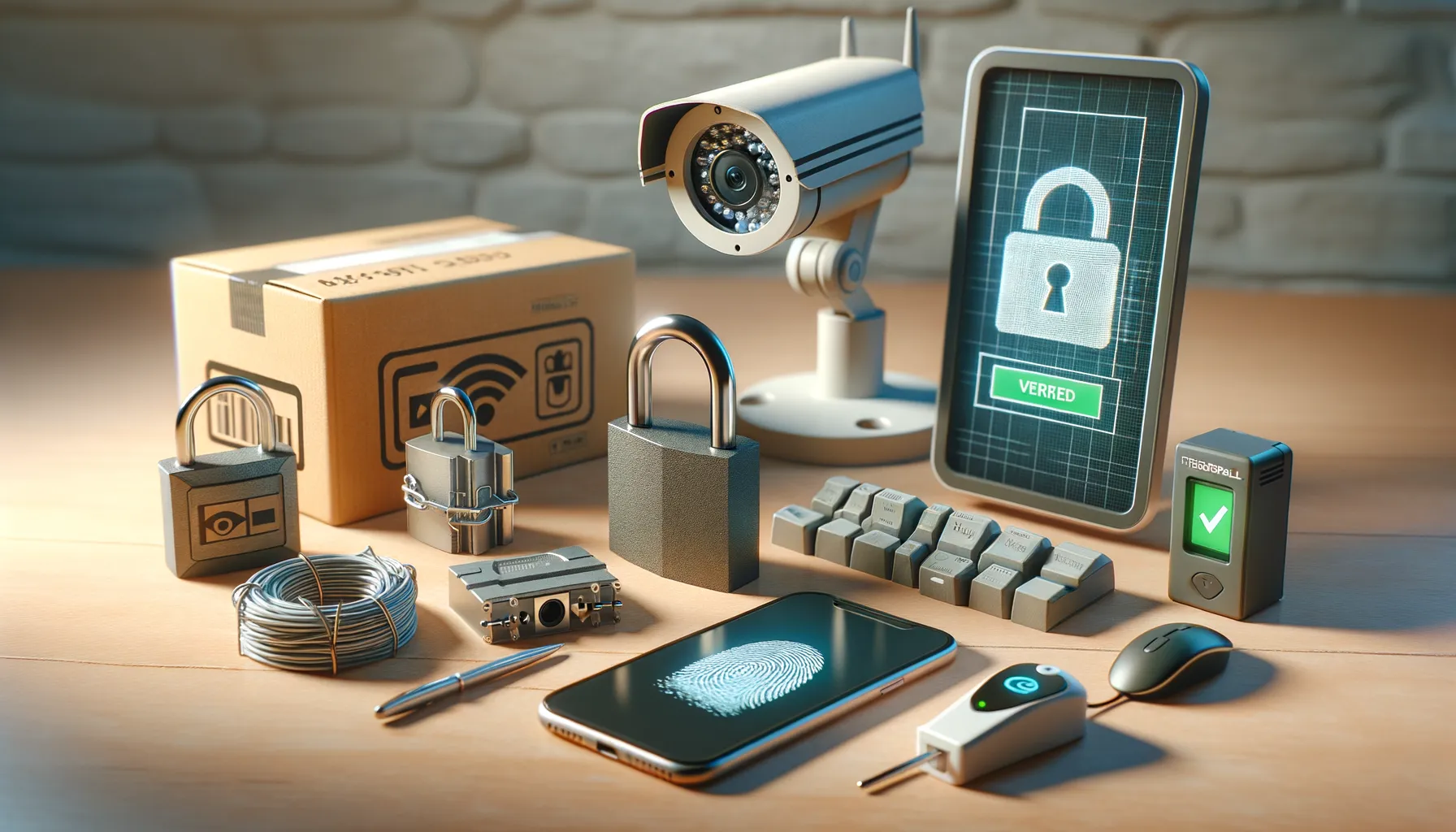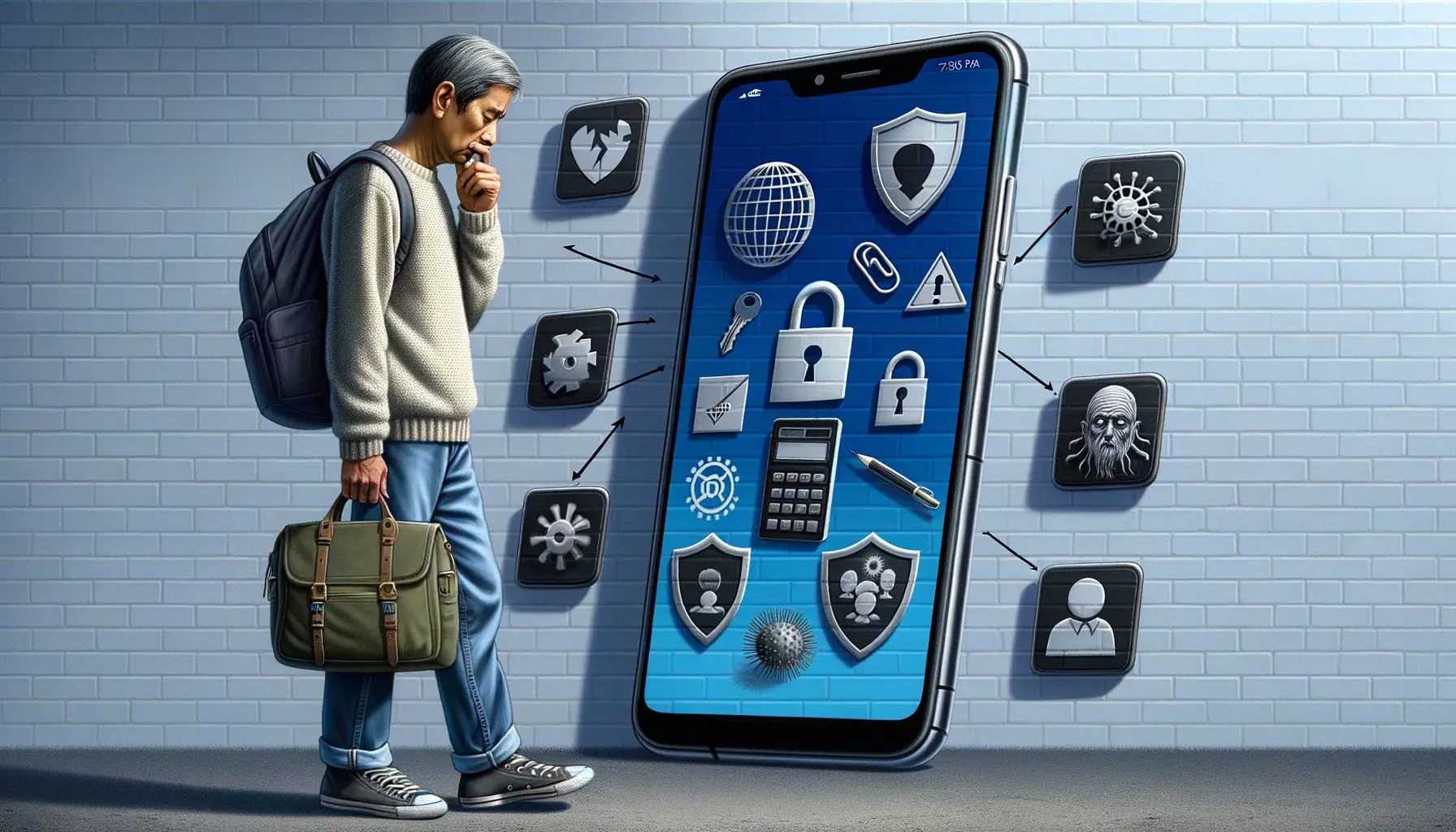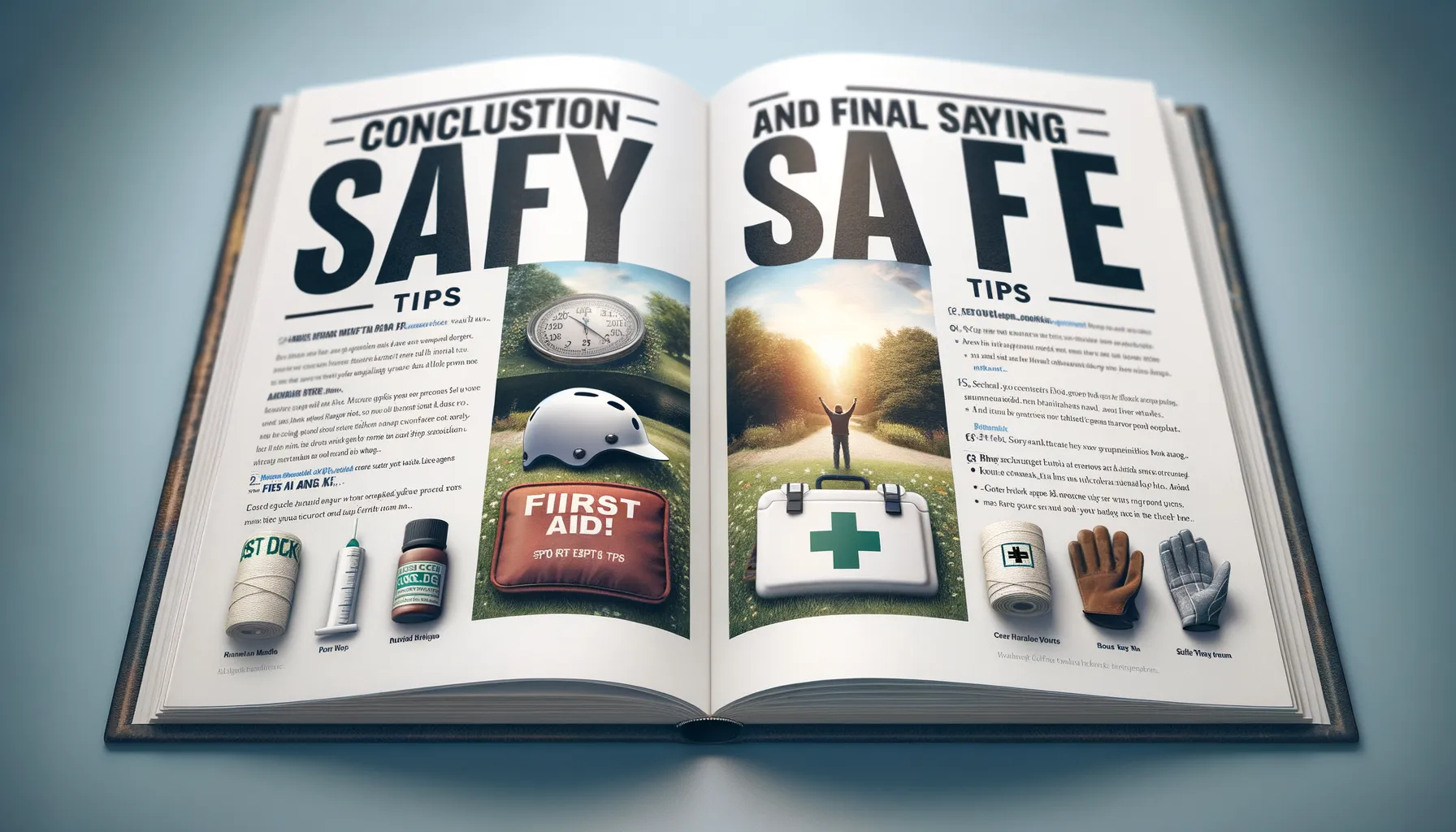Importance of Mobile Security for Financial Transactions
Your smartphone is like a digital vault, holding everything from treasured photos to sensitive financial data. But imagine leaving that vault wide open for anyone to snoop around—scary, right? That’s exactly what’s at risk when mobile security gets overlooked during financial transactions.
Why Your Mobile Device Is the Ideal Target
Hackers aren’t just tech-savvy troublemakers; they’re hunters, and your mobile device is prime prey. Think about it—your phone is packed with personal details: banking apps, payment info, passwords, and even biometric data. All of that in one tiny device? Jackpot!
Cybercriminals are smart, constantly evolving their tactics. From sneaky phishing links to fake app clones that mimic legitimate ones, they’re waiting for one wrong click or download. Even public Wi-Fi, which feels so convenient, can act as a trapdoor to your private life. And these threats don’t just swipe your card info—they can steal your peace of mind.
Trustworthy Habits Lead to Safer Transactions
Protecting your mobile financial data doesn’t have to feel overwhelming. Here are some practical habits you can adopt:
- Use only trusted, secure apps for any monetary activity.
- Avoid risky free Wi-Fi spots when transferring funds or checking balances.
- Set up two-factor authentication (2FA) for an extra layer of defense.
Each small step you take toward better security strengthens that invisible shield protecting your financial well-being. After all, your money deserves nothing but the best safeguard!
Best Practices for Securing Your Mobile Device

Guarding Your Phone Like a Personal Safe
Your mobile device is more than a tool—it’s your financial lifeline. Think of it like a portable treasure chest, holding your most sensitive data. So, let’s talk tactics to fortify it against would-be digital pickpockets.
First off, strengthen your phone’s first line of defense: the lock screen. A simple 4-digit PIN? That’s yesterday’s news. Opt for something tougher, like biometric locks (fingerprint or facial recognition) or a long alphanumeric password. Yes, it might take half a second longer, but isn’t peace of mind worth it?
Second, pay attention to your security updates and patches. Those pesky reminders to update your system? They’re not optional unless you enjoy living dangerously. Hackers love finding vulnerabilities in old software, so don’t give them an open door.
- Encrypt your data: Many phones make this automatic, but check your settings to be sure.
- Disable Bluetooth and Wi-Fi when not in use: It sounds small, but these are common avenues for hackers to sneak in unnoticed.
- Be app-savvy: Only download apps from official sources like the App Store or Google Play. Triple-check the permissions they request—does that flashlight app really need access to your contacts?
The Power of Awareness Is Your Secret Weapon
When connecting to public Wi-Fi, always think twice. That “Free Coffee Shop Wi-Fi” might sound like a bargain, but it’s also a goldmine for cybercriminals. Avoid conducting financial transactions on unsecured networks unless you’re using a VPN (Virtual Private Network), which acts as an invisibility cloak for your internet traffic.
Finally, activate remote wipe features. This is your failsafe if your phone ever gets lost. Apps like Find My iPhone or Google Find My Device allow you to erase everything remotely, ensuring your personal data doesn’t end up in the wrong hands.
Take these steps seriously—your wallet, and your peace of mind, will thank you later.
Tools and Features to Enhance Security

Essential Tools to Keep Your Data Fort Knox-Secure
Imagine handing over your wallet to a stranger and asking them to guard it. Scary, right? That’s essentially what happens when you skip out on the powerful tools designed to protect your mobile device during financial transactions. Let’s dive into some of these game-changing options that do more than just lock your screen—they fortify your digital world.
First up, enable that golden piece of tech: Two-Factor Authentication (2FA). It’s like having a bouncer and a retinal scanner guarding your data. Even if someone cracks your password, 2FA steps in with an extra layer of defense.
Secondly, make friends with biometric authentication: fingerprints, facial scans, or even iris recognition. These unique markers are harder to fake than a passport in a spy movie.
Features You Can’t Afford to Miss
Here’s what else can supercharge your security:
- App Permissions: Ever noticed apps asking for camera access…to check your weather? Be ruthless; deny permissions that feel fishy.
- Virtual Private Networks (VPNs): VPNs make your web activity look like it’s hiding under a cloak of invisibility. Perfect for stopping prying eyes on public Wi-Fi.
- Remote Wipe: If your device ever goes MIA, remote wipe features let you erase all sensitive data in seconds. Think of it as the ultimate “self-destruct” button for your phone.
With these tools by your side, your mobile isn’t just a device—it’s a battle-hardened fortress for your finances.
Common Threats to Mobile Financial Security

Digital Pickpockets and Sneaky Scammers
Picture this: you’re sipping coffee, casually checking your bank balance at a café. Feeling secure? Unfortunately, this is often where digital predators begin to lurk. From the innocuous-looking “free Wi-Fi” network to bogus apps demanding unnecessary permissions, threats to your mobile financial security are closer than you think.
Cybercriminals employ tactics like phishing attacks, where fake emails or texts trick you into revealing sensitive info. Then there’s malware-laden apps—these wolves in sheep’s clothing steal data directly off your phone once installed.
To make it worse, public Wi-Fi can work against you. These unsecured networks are goldmines for hackers who intercept your data, including passwords and financial transactions, through a technique called “man-in-the-middle” attacks.
- Have you ever tapped on a link without second-guessing? That could lead to malicious websites harvesting your credentials.
- Or maybe you’ve downloaded a reputable-looking app that asked for access to your messages and contacts—be wary of spyware disguised as helpful tools!
The Silent Threat of Outdated Software
Here’s an uncomfortable truth: clinging to old software is like leaving your front door unlocked. Hackers exploit vulnerabilities in outdated operating systems and apps to breach your mobile defenses.
Think of it this way—it’s not just about your device anymore. With one weak link, they could gain entry into your entire financial ecosystem: bank accounts, crypto wallets, or even investment portfolios. Regular updates aren’t just annoying pop-ups—they’re your virtual shield. Missing them? That’s like inviting trouble in for tea.
Conclusion and Final Tips for Staying Safe

Make Safety Your Daily Habit
When it comes to keeping your financial life secure, think of your mobile device as a digital vault. Would you leave a vault unlocked? Of course not! Small habits can strengthen your shield against cyber threats—sometimes it’s the tiniest oversights that open the door to trouble.
Start by turning off Wi-Fi and Bluetooth when you’re out and about. Public networks are like eavesdropping strangers; you never know who’s lurking! And don’t forget to log out of financial apps when you’re done with them. Staying signed in might seem convenient, but it’s like leaving the keys in the ignition of your car.
Here’s a quick safety checklist:
- Enable two-factor authentication (2FA) for apps—it’s an extra lock on your digital front door.
- Update your apps and operating system regularly. Cybercriminals love exploiting old software!
- Avoid downloading apps from unofficial sources. A “free” app could end up costing you your peace of mind.
Stay Ahead of the Curve
Staying safe isn’t just about reacting to threats—it’s about anticipating them. Install reputable security apps like Bitdefender or Avast Mobile Security to act as your personal digital bodyguard. They’re built to detect malware before it even touches your data.
Finally, trust your gut! If an email, link, or message feels odd, it probably is. Pause, verify, and proceed cautiously. Your financial safety isn’t just technical—it’s a mindset. Think of it as wearing a seatbelt for your online transactions. Why take unnecessary chances?

